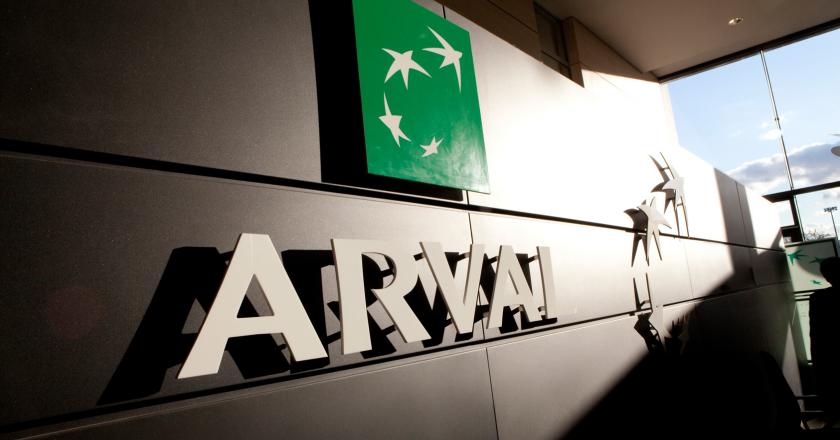
Arval UK has more than doubled the number of electric vehicles (EVs) in its UK fleet in the 12 months to the end of June, according to the lessor whose parent company is the French bank BNP Paribas.
The car leasing company said it experienced a 102% growth from 11,225 to 22,630 units, meaning that EVs now represent 12.2% of its total fleet – up from 6.4% at the same time last year.
The total figure breaks down into a 98% increase in the number of electric cars to 21,639 and a 249% rise in electric light commercial vehicles to 991.
Joel Lund, commercial director, Arval UK, said: “During the last couple of years we have concentrated heavily on promoting the advantages of EVs to existing and new fleet customers, and are now really beginning to see the results in terms of absolute numbers.
“Our consultancy team have worked hard at constructing both mainstream fleet and salary sacrifice schemes that meet the needs of employers and employees, helping them to transition to electrification in a manner that maximises benefits and minimises disruption.
“Despite availability challenges with all vehicles including EVs at the moment, we have been successful at opening up our choice of manufacturers, securing the supply of several major models and are currently registering percentages of electric cars and vans far in advance of the SMMT’s ‘true fleet’ figures.
How well do you really know your competitors?
Access the most comprehensive Company Profiles on the market, powered by GlobalData. Save hours of research. Gain competitive edge.

Thank you!
Your download email will arrive shortly
Not ready to buy yet? Download a free sample
We are confident about the unique quality of our Company Profiles. However, we want you to make the most beneficial decision for your business, so we offer a free sample that you can download by submitting the below form
By GlobalData“We are finding that when fleets and drivers make the decision to electrify, they generally want to do so within a relatively short timescale and being able to provide vehicles within a reasonable timeframe is a significant advantage. We’ve also been advising them to open up their choice lists in a structured fashion to make the most of available supply.
“This desire to electrify quickly is especially apparent when it comes to drivers who want to reduce their benefit-in-kind taxation levels at a time when the increased cost of living is a major concern.”
Joel pointed out that penetration for electric light commercial vehicles currently trailed electric cars by some distance but that this situation was expected to change in the next couple of years.
“You can see from our figures that the picture for electric vans is similar to the electric car market around five years ago. However, the introduction of some new and impressive models should help to change this situation quite rapidly, as well as a growing understanding of how to use electric vans operationally in a manner than maximises their benefits.
“In a year or two, we expect to see a completely different picture as more commercial vehicle fleets start on the journey to electrification.”







